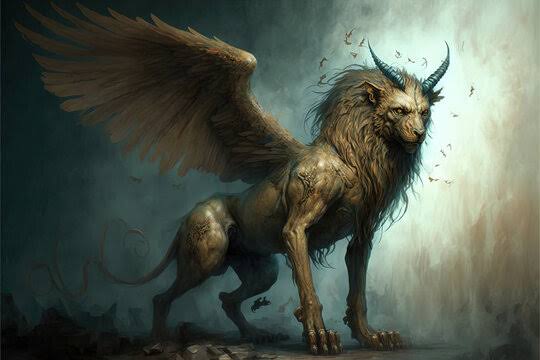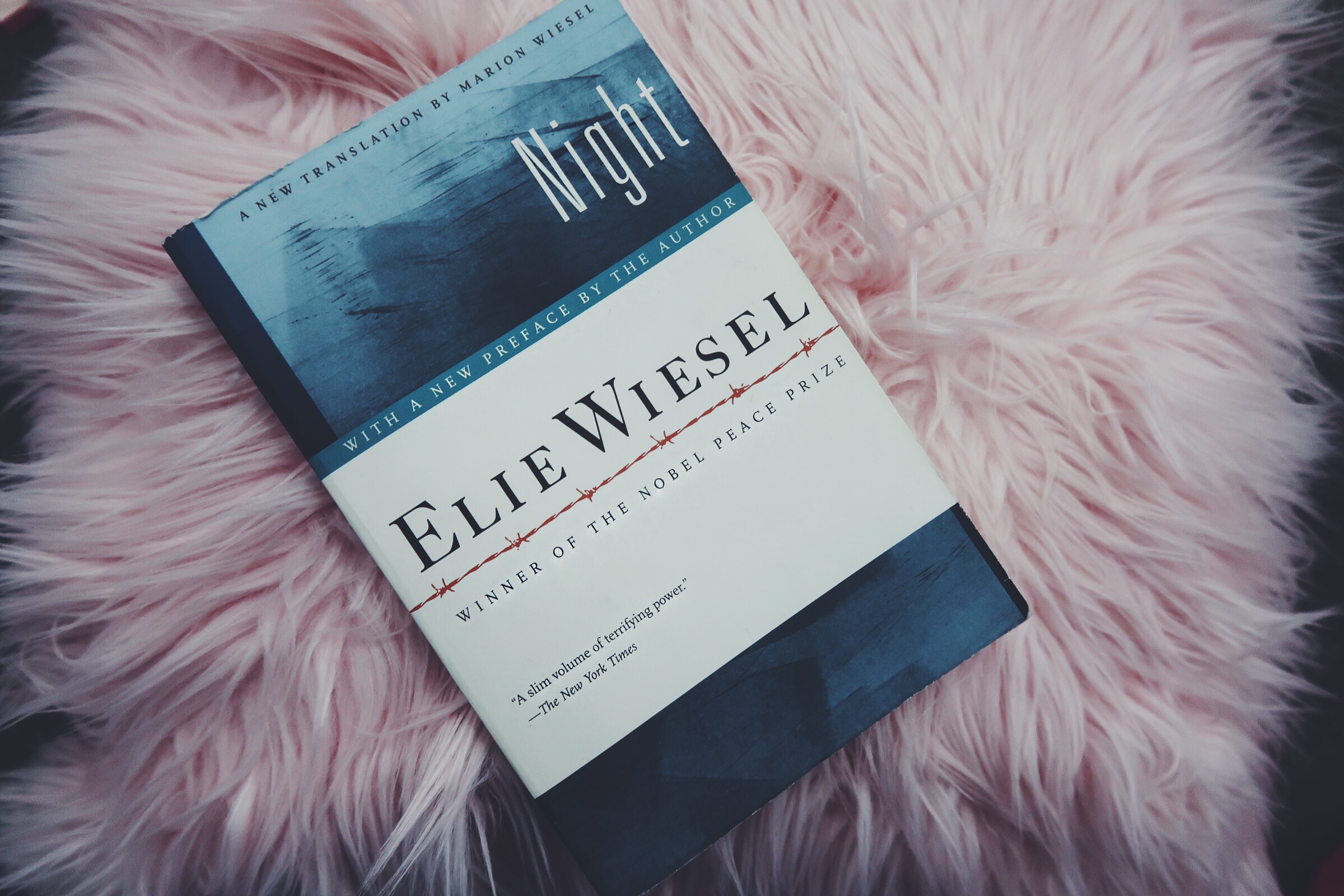Gothic literature is an awesome subgenre of literature that has managed to capture the fascination of a lot of people. This genre of literature is focused on the instillation of fear in the audience through the use of supernatural themes.
The central focus of the Gothic makes it easy to recognize, even from its first example, The Castle of Otranto. As long as its using supernatural elements capable of instilling fear, we can consider a work of fiction Gothic. One of the most recognized characteristics of Gothic literature is The Gothic Victorian House (Otherwise known as Gothic Architecture).
Gothic literature has gained a lot of other characteristics and we will be looking at the most common and best themes that depict what the genre stands for.
Characteristics of Gothic Literature
1. Tyrants
Tyranny is not a core part of Gothic literature but it is one of the recurring features of Gothic fiction since the inception. Tyrants can be kings or strong males who use their powers to oppress others for their selfish aims.
Manfred, from The Castle of Otranto, plays the role of a tyrant. While this role is not necessarily scary or supernatural, it helps in creating a storyline. The Tyrant may also be an inspiration of dread for the book or movie. In this case, the tyrant is probably a supernatural creature or a much realistic one with an air of mystery that makes him unpredictably dangerous to others.
2. Forbidden romance

In Gothic fiction, the romance is not necessarily one that’s considered forbidden, even within the story. However, Romance was featured in the first Gothic fiction ever published and Gothic literature has sustained this characteristic. In some cases, the addition of romance is not very romantic in the sense that it doesn’t have the same emotional inspiration gotten from romantic movies. Also, this doesn’t make all romance (or forbidden romance) in Gothic fiction less romantic.
In the TV show, Atlantis, this characteristic of Gothic Literature is used between Jason and Ariadne. However, this didn’t stop the show from eluding the emotional feelings of love in the audience.
3. Creepy and Ominous settings
As widely known, the unique goal of Gothic fiction is to inspire fear and the settings are often used to achieve this goal.
Gothic books and movies can use scary places and ominous environments to foreshadow imminent danger in the plot. Sometimes, even without a major action happening in the chosen place, the setting can just be there to inspire fear and create suspense.
4. Mythical creatures

We have had several Gothic books and movies feature mythical and supernatural creatures. Surely, you must be able to name a ton of them. This is one of the characteristics of Gothic Literature that may not appear in every book or movie but is mostly found in Gothic fiction.
5. Damsels in Distress
This characteristic of Gothic Literature works hand in hand with Forbidden Romance (or Just Romance). Like many other elements of Gothic Literature, it doesn’t have to appear in a book or movie to make it Gothic. However, it has reappeared as a feature of many Gothic books and movies.
6. Ghosts, Death and Reanimation
These are major characteristics of Gothic Literature from the inception of the idea of “Gothic”. Death is a theme that many often flee from considering realistic. Not everyone likes the idea of dying so a movie or book which addresses this idea can raise some fear. While the idea of Ghosts and Reincarnation are considered untrue by several people, some still believe so much in this.
Including these ideas in a fictional piece will make it Gothic. This feature is used in The Castle of Otranto and Frankenstein.
7. Magic
Magic is one of the ideas that has recurred the most in Gothic literature. Not many people believe in the existence of magic but the idea is still among us. We may not be able to prove whether magic is true or not but the possibility of it being true is enough to send shivers down my spine.
Magic can be fun. However, it may not be as sweet if it’s been used by a villain.
Read Also: Gothic Literature Is Also Known As What?
characteristics of gothic literature
8. Blasts from the past
Not many Gothic books and movies use this element but it is still often used in Gothic fiction. This theme is gotten from the idea of Fate which many people refuse to believe and are scared of. We often convince ourselves that certain happenings are coincidences but we can’t deny the unexplainable connections between some events in our lives. However, it’s difficult to accept the idea of Fate since it may mean that some of our efforts do not matter and we don’t get to decide what becomes of us.
When this theme is used, a character’s past clashes with the present in a destructive way, like a curse.
9. Gothic Architecture
Gothic Architecture can be compared to the use of Creepy settings in Horror. This is another one of the major characteristics of Gothic fiction. While “Gothic Architecture” is supposed to refer to an architectural style of Castles, it has appeared in several Gothic pieces and has since become an inspiration of fear for the audience.
Many Gothic movies use ruined castles as their setting. These castles do not only appear scary but also hold creepy secrets significant to the plot.
10. Curses
This is very similar to magic but not every movie or book that uses “Curses” openly display magic. In some cases, it comes like a prophecy but is considered a curse that haunts characters for a lifetime.
Sometimes, a curse may refer to the intrusion of Fate, making the actions of characters void due to a prediction that has been implied earlier in the plot.
11. Heroes and Villains

Most Gothic books and movies also feature Heroes and Villains. Heroes and Villains do not necessarily refer to Protagonists and Antagonists. In some cases, the Protagonist is a villain. An example of this is Count Dracula in Dracula.
There is often conflict in Gothic fiction so while there is a villainous character terrorizing others, there can also be another character who plays a significant part in taking down the terror.
12. Prophecies
This is like “Curses” but it is not necessarily evil as a curse implies. It is another recurring characteristic of Gothic Literature and is also capable of inspiring Fear, though rarely used for that goal.
While this theme is used in Gothic fiction, it plays a bigger role in building the plot.
Conclusion
The above are 12 of the common characteristics of Gothic Literature. While some are mainly for growing the dramatic story, some are used purely for inspiration of Fear and may only be seen in Gothic movies.
You can watch out for these Characteristics in the next Gothic movie you watch.



